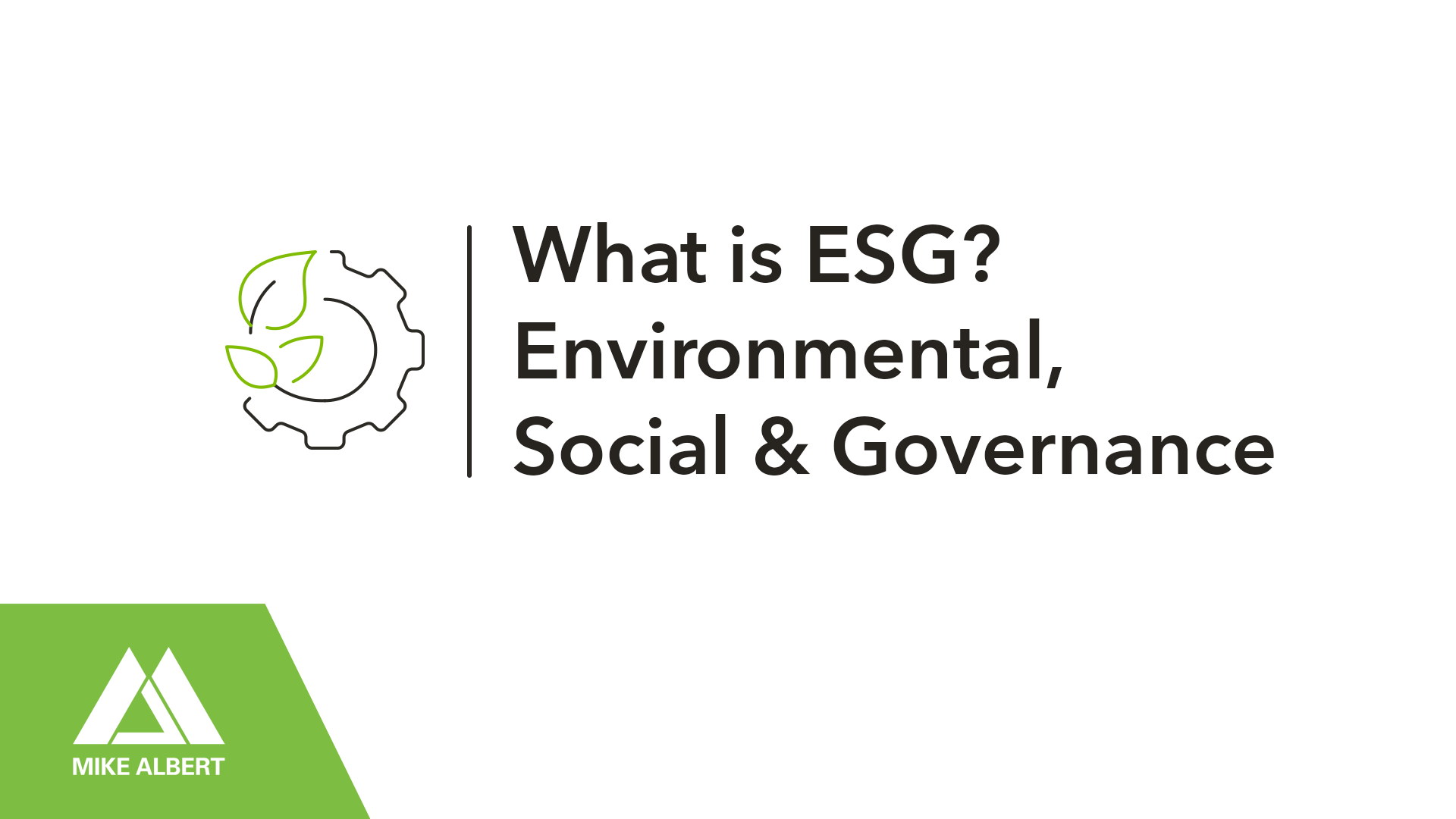<! The script tag should live in the head of your page if at all possible >
<! Put this wherever you would like your player to appear >

Increasingly, corporate America is defining the path to a better future for all their stakeholders by implementing ESG strategies. But what is ESG? ESG is an acronym that stands for Environmental, Social and Governance. It stands as a customizable framework that companies can use to become the best corporate citizens possible.
Companies that set and make progress toward ESG goals not only improve the world, but they also improve their bottom line. In fact, research from consulting giant McKinsey indicates that ESG programs benefit companies in multiple ways, including: topline growth, cost savings, and increased productivity.
Here is the breakdown of each ESG component:
Environmental
Environmental refers to a company's impact on the earth. Analysis and goals are based on metrics such as energy used, resources consumed, waste produced and how these activities affect climate change.
Social
Social evaluates if a company is appropriately engaging and supporting its stakeholders--namely its employees, clients, customers, vendors and community. Matters of diversity, equity and inclusion are central to this component.
Governance
Governance refers to how a company is managed and led by its executives. It emphasizes ethical conduct, accurate and timely financials as well as regulatory reporting and transparency.
In short, ESG reflects a shift in a company's focus from shareholder value to stakeholder value.
ESG framework for organizations with fleets
Now, let’s look at the environmental component through the lens of transportation—an area ripe for improvement. The EPA reports that transportation accounts for about 29% of U.S. greenhouse gas emissions. Companies can help lower these emissions via how they manage employee and business transportation. For instance, your company could provide employees with incentives, to take public transportation to work, or to engage with ride-sharing services. Or, you could install EV charging stations at your company to make it more enticing and convenient for your employees to own zero-emitting EVs.
Companies with fleets have special opportunities to further eco-responsible transportation
For one, data and telematics can help your vehicles run more efficiently and idle less, reducing emissions and cutting your use of fossil fuels. For more dramatic benefits, consider transitioning your fleet’s internal combustion vehicles to hybrids or EVs.
A study reported in Barron’s magazine noted that nearly 70% of consumers in North America think it’s important for a brand to be sustainable. Your employees will also appreciate these efforts. In a study by Cone Communications, 70% of all employees—and 83% of Millennials—feel more loyal to a company that helps them contribute to caring for the environment.




